
The clear aligners are well-known for straightening the teeth in less time and more comfortably than metal braces. Unlike many people think, invisible braces are not pain-free. It causes discomforts like mild pain, slight soreness during the treatment but they hurt the wearers less than other kinds of orthodontic treatments.
About 54% of the Invisalign users sense some form of discomfort in the initial stage of treatment and for a few days whenever they change the aligners.
Such aching sensation is common and persists until your mouth gets used to the new appliance. Luckily, they are remedied easily. Keep reading.
Does wearing clear aligners hurt me?
The misaligned teeth are quite adamant as they are positioned in their rooms for years thereby they trigger mild pain while adjusting their positions. Similarly, you might notice soreness due to the tightness of aligners. When the teeth begin to move with the pressure applied by Invisalign, the appliance’s tightness lessens so that the soreness will also subside.
On the other hand, the Invisalign pain level also varies for each person. We have seen some people who did not get any discomforts throughout the clear braces treatment whereas some people have pain in one tooth, jaw bone, and other common kinds of discomfort.
What are the kinds of Invisalign pain or discomforts?
The common kinds of discomforts associated with wearing invisible aligners include:
- Pain in one tooth – The level of force applied with the aligner trays varies for each tooth. It depends on the degree of malocclusion. It is essential to move some teeth to create room for the others. In such cases, the wearer would feel slight pain in that particular tooth.
- Pain in the jaw – Similar to teeth, the jaw also exhibits some irritations when you change the aligners. Soreness in the jaw, muscles, and ligaments are some instances. It also would go away once the mouth gets acquainted with the new aligners.
- Tongue & Gum irritations – The edges of a clear aligner can rub against the palate, gums, and tongue so that it will injure the tissues. It occurs in rare cases, that too in low profile Invisalign aligners. It is not common and contacts your Orthodontist to smooth the edge surfaces of your Invisalign.
How should you deal with such Invisalign discomforts?
Depending on the type of pain, dentists recommend different solutions. The common remedies we are suggesting are as follows:
- Apply cold compress over the painful area. Cold is powerful in numbing the affected area and reducing the blood flow to the particular area thereby you can get relief from the oral pain to a certain extent.
- Unlike metal braces, clear aligners do not obstruct you from eating. As the food particles do not lodge under the aligners, you can eat whatever you want. In the meantime, we recommend the Invisalign wearers take soft foods like curd rice, boiled eggs, mashed potatoes, and others that are easy to chew for a few days after getting new aligners.
- Take Over the Counter painkillers and anti-inflammatory medications prescribed by your Orthodontist if the pain is intense.
- Keep in mind that if you are not careful while removing the clear braces, it will also provoke Invisalign pain. Hence you should use the aligner retrieval tools to remove the appliance.
Bottom line
Invisalign treatment is not pain-free as many people think. The clear aligners also cause some irritations but are less painful than other kinds of dental braces. Remember that such discomforts are not uncommon and you can cope with them up with appropriate remedies and solutions.
Despite the appliance provoking mild toothaches, soreness, swelling, it does not make your teeth sensitive to temperature variations. If you notice your teeth are cold-sensitive after wearing Invisalign, the teeth aligner is not responsible for that. You may have other dental problems.
Have queries on Invisalign pain? Ask us in the comment section.

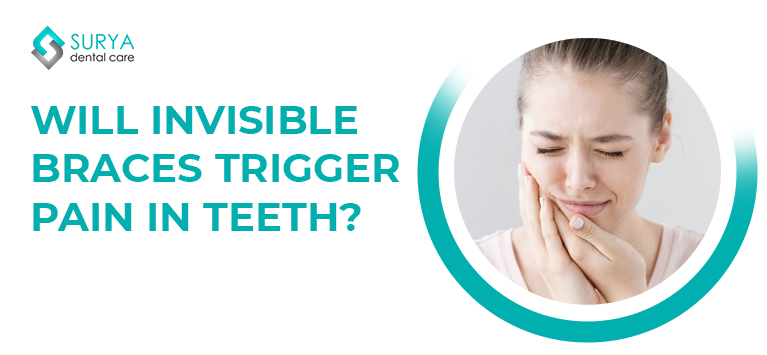




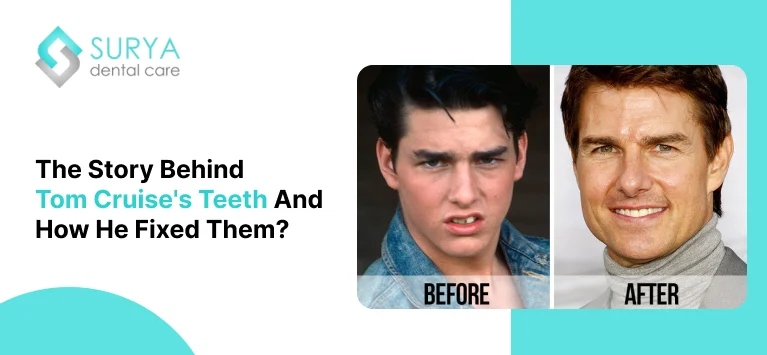
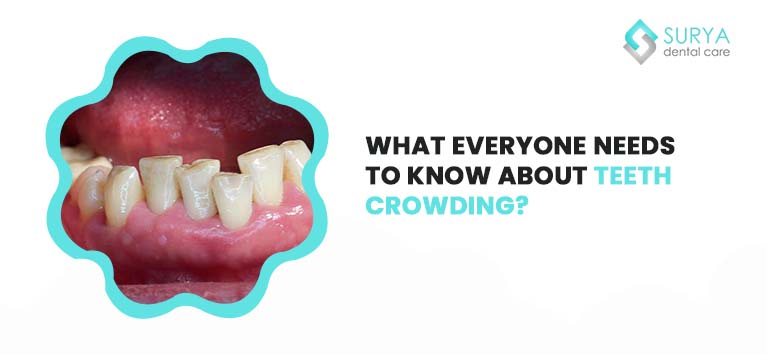

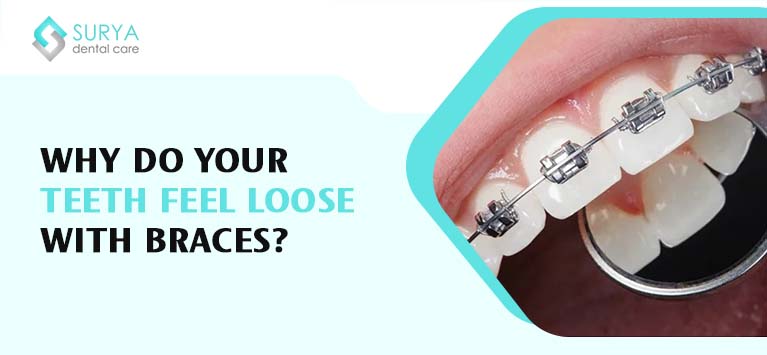
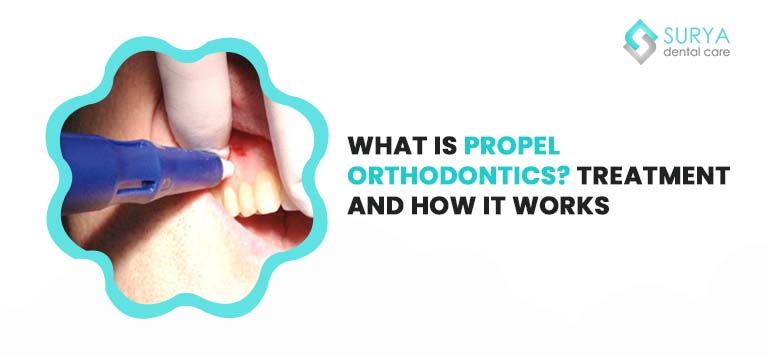
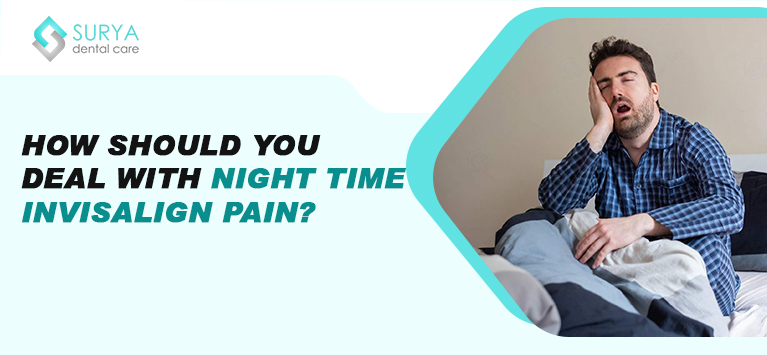
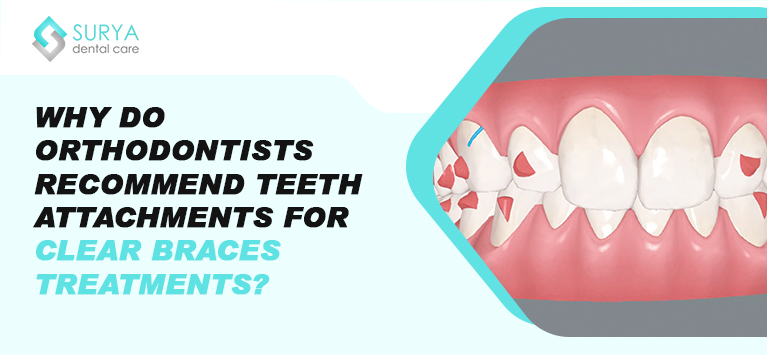
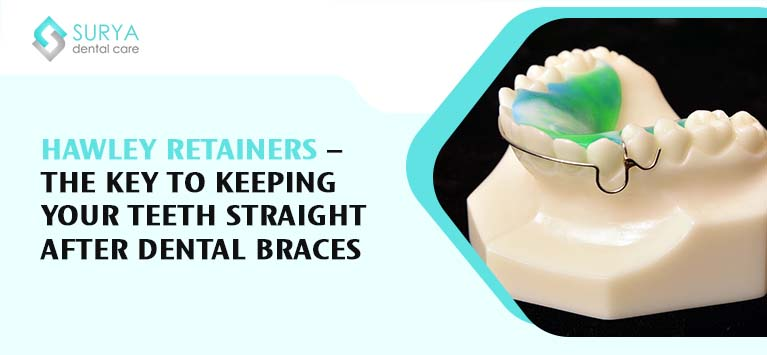
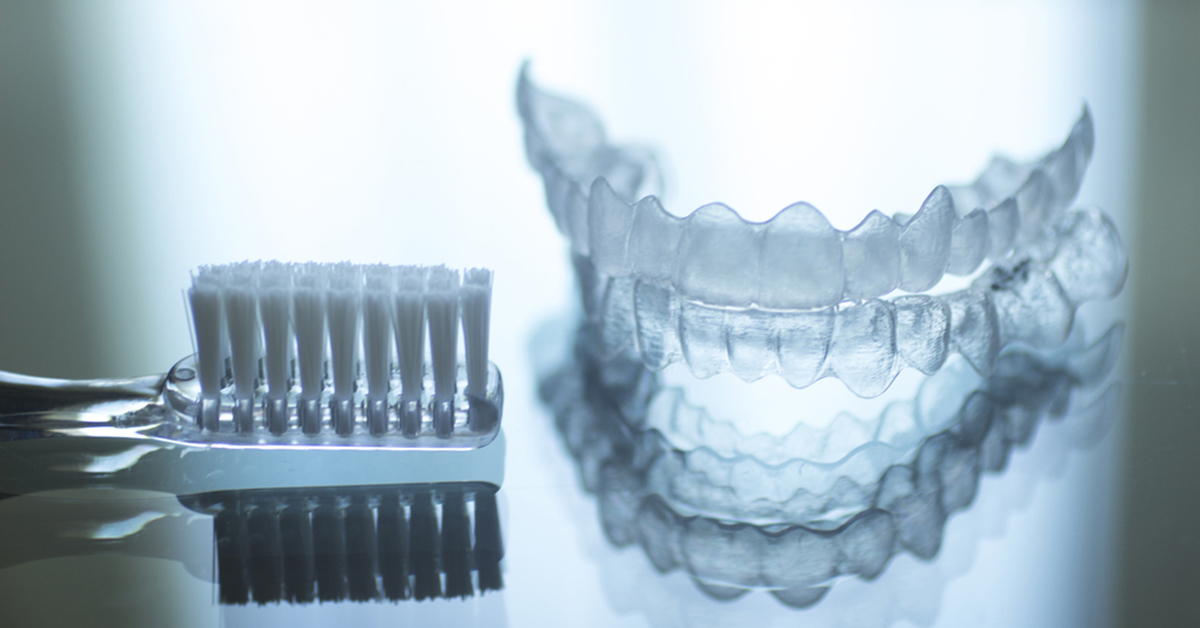
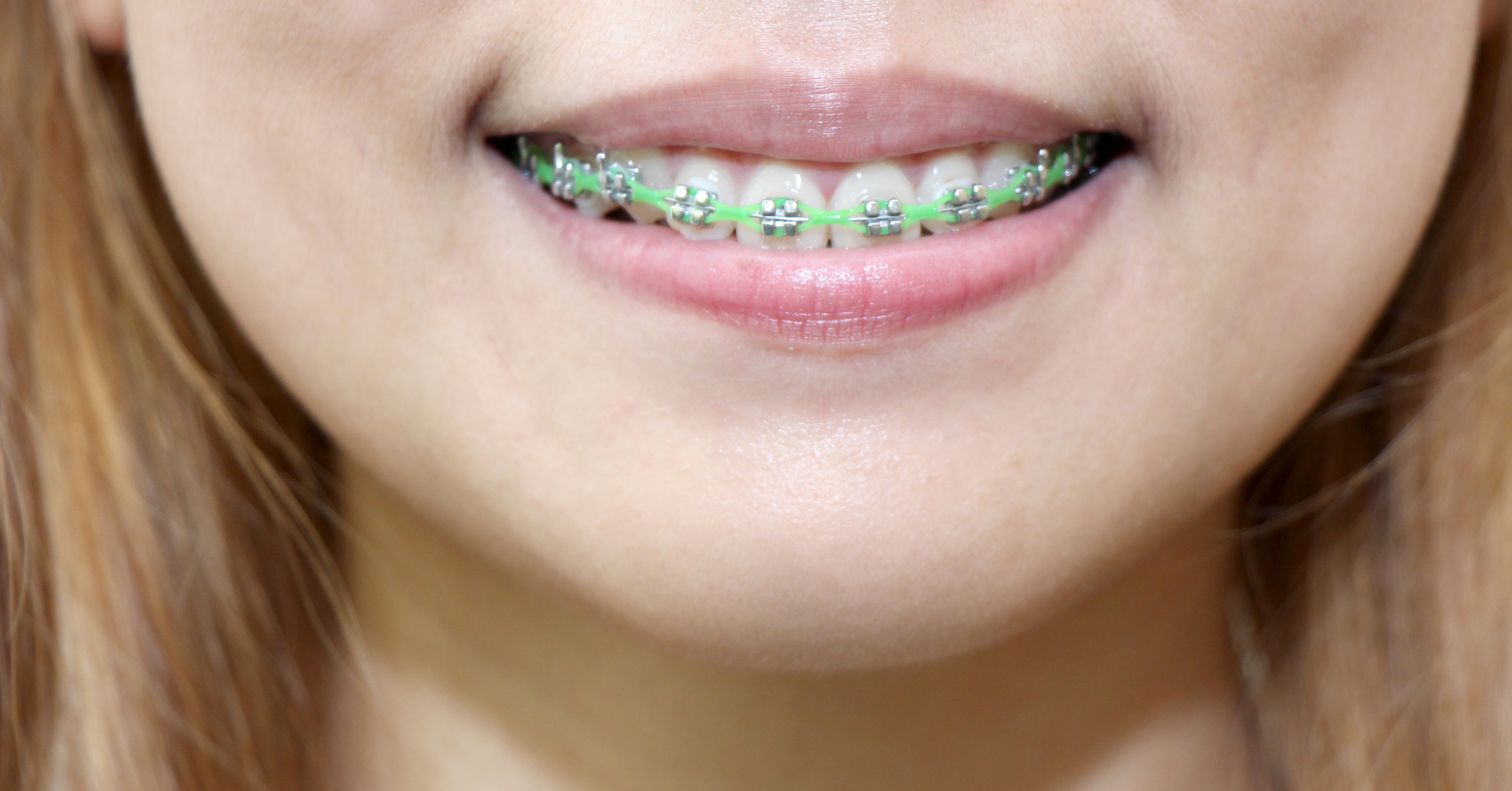
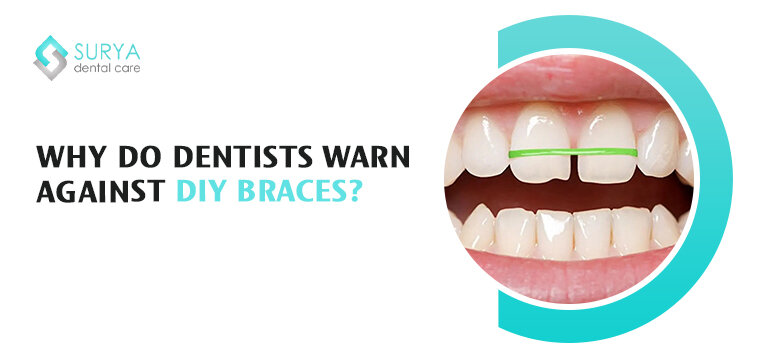


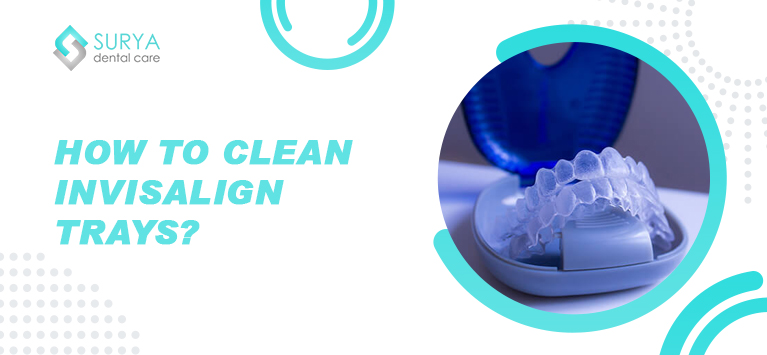


Leave a Comment